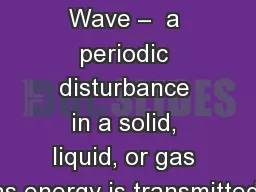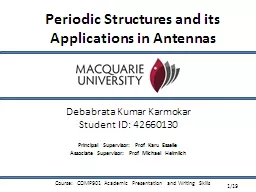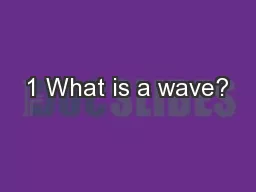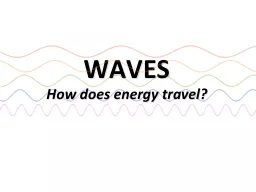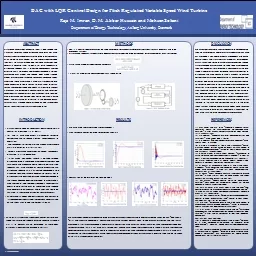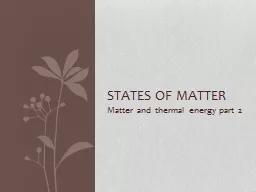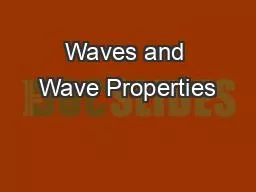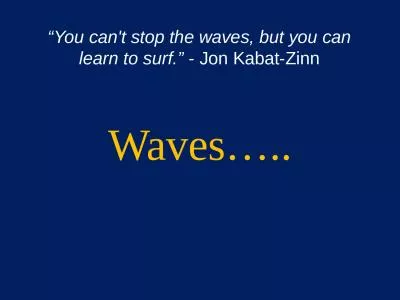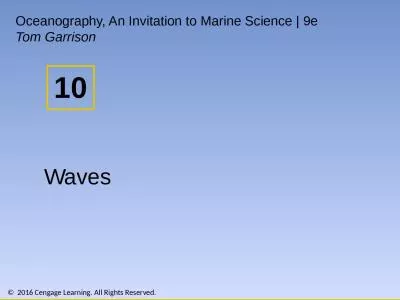PPT-waves Waves Wave – a periodic disturbance in a solid, liquid, or gas as energy is transmitted.
Author : sherrill-nordquist | Published Date : 2018-11-04
Waves transfer energy A wave does not carry matter It only moves matter as it travels through it Waves Compression longitudinal waves are waves in which the particles
Presentation Embed Code
Download Presentation
Download Presentation The PPT/PDF document "waves Waves Wave – a periodic disturb..." is the property of its rightful owner. Permission is granted to download and print the materials on this website for personal, non-commercial use only, and to display it on your personal computer provided you do not modify the materials and that you retain all copyright notices contained in the materials. By downloading content from our website, you accept the terms of this agreement.
waves Waves Wave – a periodic disturbance in a solid, liquid, or gas as energy is transmitted.: Transcript
Download Rules Of Document
"waves Waves Wave – a periodic disturbance in a solid, liquid, or gas as energy is transmitted."The content belongs to its owner. You may download and print it for personal use, without modification, and keep all copyright notices. By downloading, you agree to these terms.
Related Documents

